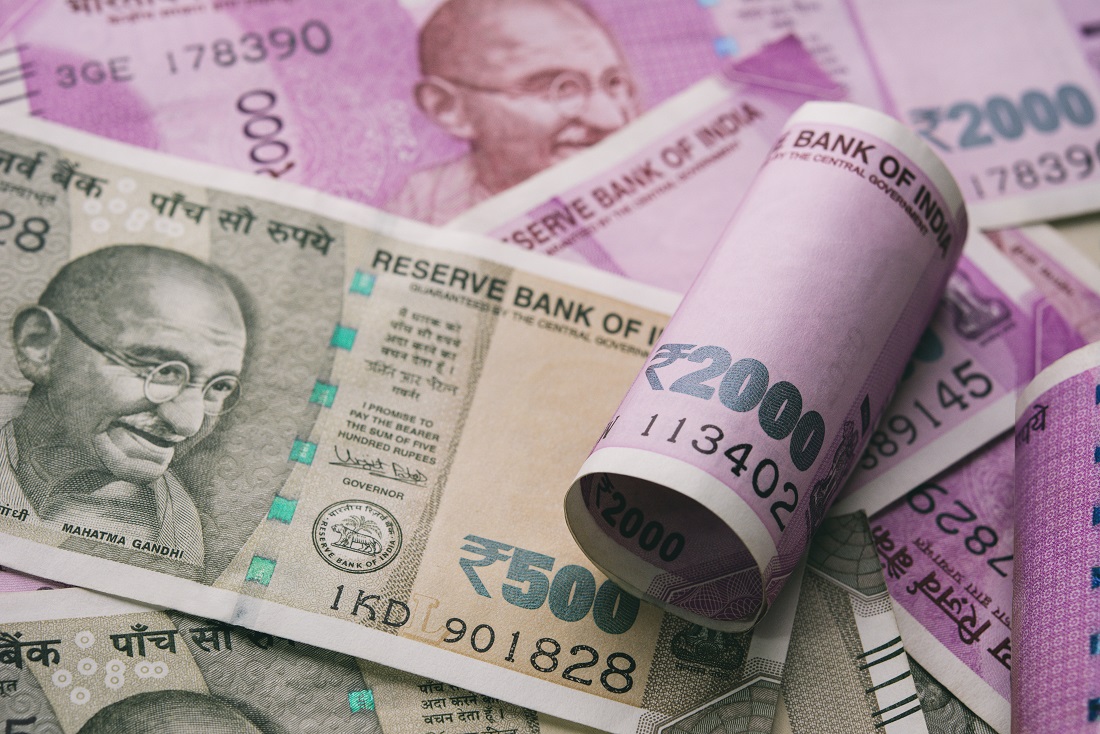At the Union Budget for the fiscal year starting April (FY22), Indian Finance Minister Nirmala Sitharaman outlined a gross market borrowing plan of INR 12 trillion ($164 billion). This compares to previous five-year average of INR 6.07 trillion and an estimated INR 13 trillion for the current year. Higher than expected debt issuances for the upcoming year pushed the 10-yr benchmark bond yield over the 6% mark. However, the focus now turns towards Reserve Bank of India (RBI) Governor Shaktikanta Das as he faces pressure to ensure yields remain anchored. Rising yields could dampen investor appetite for debt, thereby making it challenging for the government to efficiently execute its borrowing plan.
As markets remain disappointed with higher borrowings, RBI would need to step in and lend support to another year of debt deluge. RBI’s open market operation (OMO) bond purchases have been helpful in keeping sovereign yields anchored. Moreover, apart from OMOs, discreet secondary market purchases and Operation Twists have been resorted to, to keep yields in check.
Source: Bloomberg
Given that money market rates crashed below the interest-rate corridor last year, RBI began draining excess cash from the system. More recently, RBI drained INR 2 trillion from the banking system via reverse repurchase operation at rates that were 20 bps higher than the reverse repo rate of 3.35%, fueling speculation of a withdrawal of its accommodative policy stance and acceptance of higher rates. Additionally, with increasing spreads between the 10-year bond yield and RBI’s repo rate it may seem challenging for the central bank to get further accommodative. It is hence possible that we may see a shift in RBI’s tone of commentary at the policy meeting this week. However an explicit shift towards a hawkish stance seems unlikely as higher borrowing costs for Indian companies would hinder the nascent growth recovery that is expected to pick pace. RBI’s reluctance was also witnessed after it rejected bids at two auctions of the benchmark bond where investors sought higher yields.
Speaking of the debt burden, the Economic Survey released ahead of the Union Budget estimates a sharp rise in India’s government debt to GDP ratio, taking it to nearly 85%. Given that the previous Fiscal Responsibility and Budget Management Act Review committee suggested a 60% target, it seems that the government’s ability to continue supporting the economy may face obstacles. On the growth front, India’s GDP growth is expected to expand 11% in FY22 from an estimated contraction of 7.7% in FY21, resulting in a V-shaped recovery. International Monetary Fund (IMF) too estimates that India would be the only key economy to register a double-digit growth rate (11.5%) for India in FY22, albeit being largely mechanical, as high frequency indicators have been encouraging.
Source: Economic Survey 2020-21
Source: IMF
Source: Economic Survey 2020-21
Looking ahead, the outlook for bond yields is that of a further upside from the current 6.08% as factors such as worsening deficits and rising US Treasury yields will remain at play. It will crucial to watch whether the RBI reiterates its support to the debt market to keep long-end yields lower so as to execute the massive government borrowing plan while also absorbing excess liquidity.









